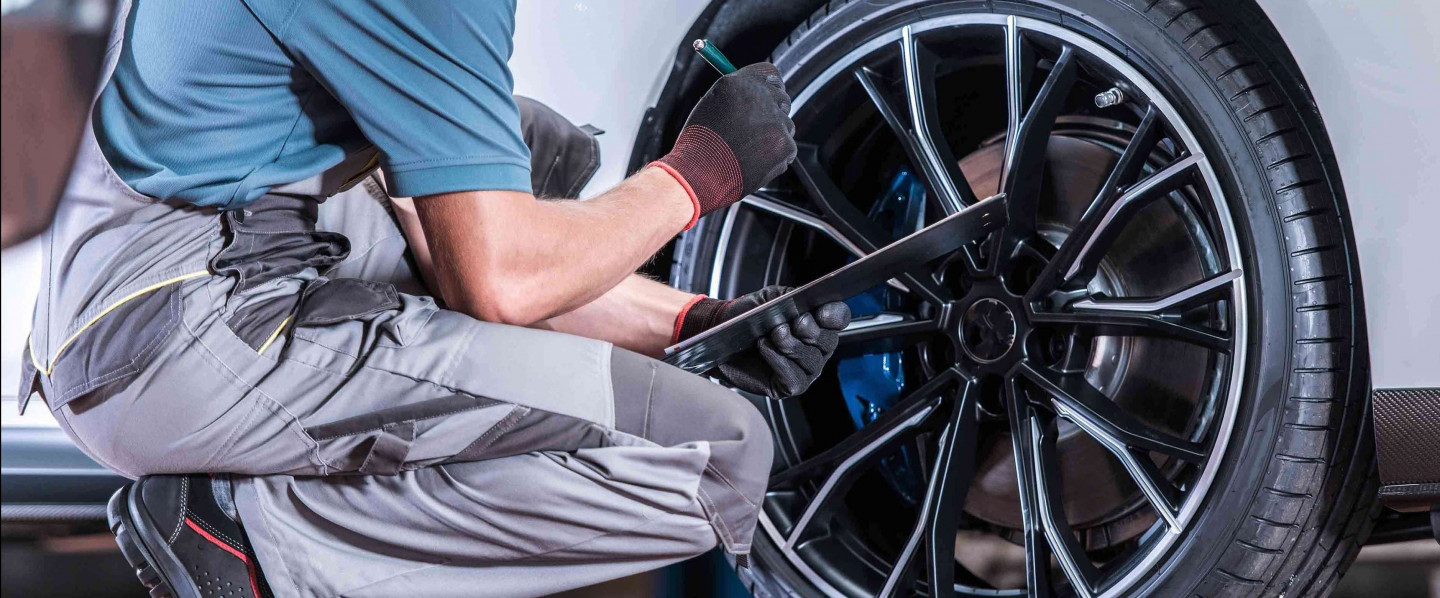Tire Fixing Myths Debunked: Dividing Reality From Fiction
In the realm of automobile upkeep, tire repair holds a substantial area, yet it is commonly shrouded in misconceptions and false impressions that can lead to confusion for vehicle owners. Recognizing the difference between reality and fiction when it involves tire fixing is essential for guaranteeing both safety and cost-effectiveness. From the misconceptions bordering patching versus plugging a pierced tire to the effectiveness of various tire sealers, there are a number of essential areas where clearness is required to make educated choices. Let's clarify some typical tire repair work myths and separate them from the fact to empower you with the knowledge needed to navigate this important facet of lorry maintenance.
Typical Tire Fixing Misconceptions
Resolving widespread false impressions surrounding tire repair work is critical for maintaining road safety and security and extending the long life of your car's tires. It is essential to recognize that not all slits are created equivalent; while some might undoubtedly require a tire replacement, the majority can be safely fixed.
Another misconception is the idea that a DIY tire repair service package is an enough option for all tire issues. While these kits can be helpful for short-lived solutions in emergency situations, they are not an irreversible solution and might not deal with the underlying issue (discount tires morris il). Looking for the experience of a qualified tire professional is always advised to ensure the security and integrity of the tire

Can You Repair a Punctured Tire?
Repairing a pierced tire is a typical method in the auto sector, usually brought out by professional technicians complying with particular guidelines and standards. Punctures found on the walk location of the tire are typically repairable as lengthy as they are within a specific dimension restriction and do not influence the tire's structural stability.
It is important to note that pierces near the sidewall or shoulder of the tire are normally not repairable as a result of security problems. Such areas go through considerable anxiety and flexing, making fixings undependable and potentially unsafe. Additionally, if the slit is also big, surpassing the advised repairable dimension, or if the tire shows signs of interior damages, it is much safer to replace the tire completely.
The Fact About Patching Vs. Connecting
When thinking about the fixing of a punctured tire, recognizing the differences in between patching and plugging is essential for making educated decisions regarding tire maintenance and safety and security. Patching involves repairing the tire from the within, where a spot is applied to cover the morris tire service puncture.
Misconception: All Tire Sealants Are Effective

When choosing a tire sealer, take into consideration elements such as the dimension of slits it can efficiently fix, compatibility with tire stress monitoring systems (TPMS), and whether it is risk-free for the tire product. Bear in mind, while tire sealants can be advantageous in emergency situations, they are not a substitute for correct tire care and upkeep.
Ideal Practices for Handling Flat Tires
In light of the varying effectiveness of tire sealers, understanding finest methods for dealing with flat tires is critical for preserving roadway safety and security and car efficiency. Loosen the lug nuts, elevate the car with the jack, eliminate the lug nuts and level tire, and change it with the extra tire. Stow away the flat tire, devices, and tools, and bear in mind to check the extra tire's stress regularly.
Verdict
In final thought, it is crucial to separate truth from fiction when it comes to tire repair service misconceptions. Comprehending the truth regarding covering vs. plugging, the performance of tire sealers, and ideal practices for handling level tires can help ensure the safety and longevity of your tires. By exposing common misunderstandings and following correct repair service standards, you can make educated decisions when it involves keeping the wellness of your vehicle's tires.